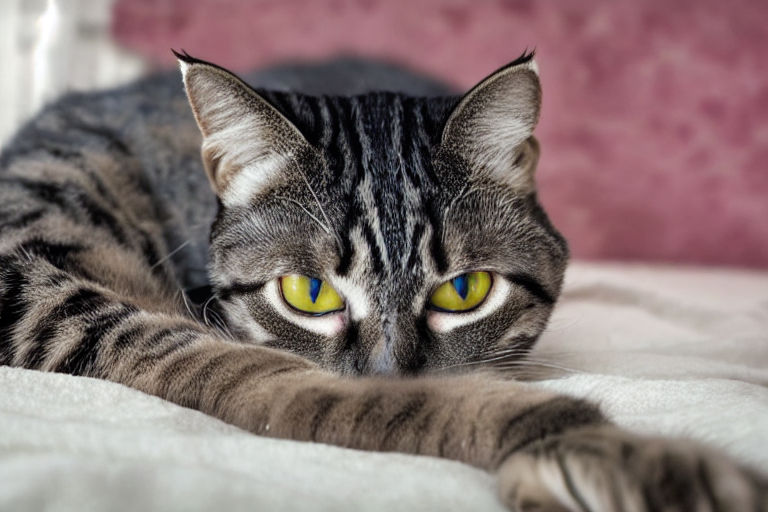Decoding a Cat's Body Language: Understanding Their Behavior Beyond Vocalizations
As much as cats meow, hiss, purr, and chatter, their primary language is through body movements, postures, and facial expressions. To be a good cat parent, you need to know how to read and understand your fluffy friend's body language. It helps you decode your cat's mood, intentions, and desires while facilitating better communication between both of you.
Here are some common cat body language cues, and what they mean:
Ears
Cats' ears move independently and are a great indicator of their mood. When a cat's ears are forward, they are in a happy, alert, and playful state. However, when the ears are flattened, they are either fearful or angry. A cat with ears flattened, pupils dilated, and hissing is likely to attack.
Tail
The tail is another great barometer of a cat's mood. When the tail is upright or with a slight curve, a cat is most likely content, friendly, and confident. However, when a cat's tail is low or tucked between the legs, it is an indication of fear, nervousness, or anxiety. This body language may also accompany a still or crouched cat posture.
Eyes
A cat's eyes can speak volumes, and they can be indicators of their mood and potential behavior. When a cat's eyes are wide and fully open, it shows they are interested, excited, or stimulated. On the other hand, they show discomfort, anxiety, or pain when their pupils are constricted, squinting, or partially closed.
Whiskers
A cat's whiskers are highly sensitive, sensory organs that help them navigate their environment. When relaxed, a cat's whiskers tend to point forward, away from their face. However, when threatened or scared, they tend to flatten against their face.
Body Posture
Finally, the cat's body posture is a vast indicator of their mood and behavior. For example, a cat lying on its stomach with paws tucked under is a sign they want to be left alone. Similarly, a cat that is standing tall with fur bristled is likely scared and about to attack.
In conclusion, understanding your cat's body language can help you become a better cat parent. When you can read your cat's body language, you'll know when they want to be petted, played with, or left alone. At the same time, this helps you recognize early signs of fear, anxiety, or illness, and address them promptly.





